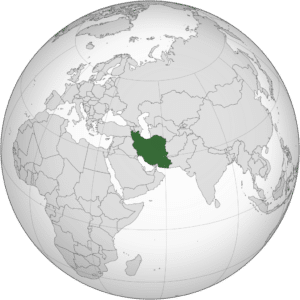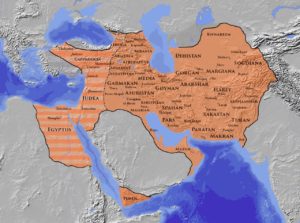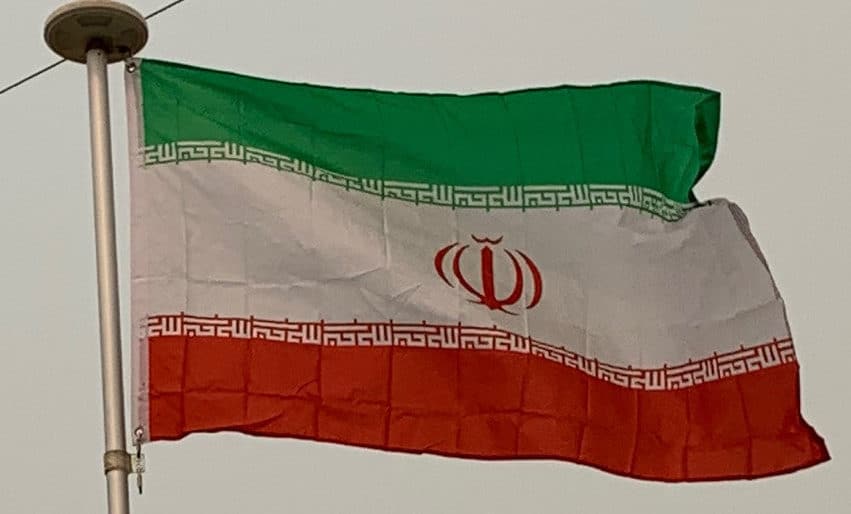Introduction:
Iran, also called Persia, and officially the Islamic Republic of Iran, is a country in Western Asia. It is bordered to the northwest by Armenia and Azerbaijan, to the north by the Caspian Sea, to the northeast by Turkmenistan, to the east by Afghanistan and Pakistan, to the south by the Persian Gulf and the Gulf of Oman, and to the west by Turkey and Iraq. Its central location in Eurasia and proximity to the Strait of Hormuz give it significant geostrategic importance. Tehran is the capital and largest city, as well as the leading economic and cultural hub; it is also the most populous city in Western Asia, with more than 8.8 million residents, and up to 15 million including the metropolitan area. With 83 million inhabitants, Iran is the world’s 17th most populous country. Spanning 1,648,195 km2 (636,372 sq mi), it is the second largest country in the Middle East and the 17th largest in the world.

Iran is home to one of the world’s oldest civilizations, beginning with the formation of the Elamite kingdoms in the fourth millennium BC. It was first unified by the Iranian Medes in the seventh century BC, and reached its territorial height in the sixth century BC, when Cyrus the Great founded the Achaemenid Empire, which stretched from Eastern Europe to the Indus Valley, making it one of the largest empires in history. The empire fell to Alexander the Great in the fourth century BC and was divided into several Hellenistic states. An Iranian rebellion established the Parthian Empire in the third century BC, which was succeeded in the third century AD by the Sasanian Empire, a major world power for the next four centuries.

Arab Muslims conquered the empire in the seventh century AD, and the subsequent Islamization of Iran led to the decline of the once dominant Zoroastrian religion. Iran subsequently became a major center of Islamic culture and learning, with its art, literature, philosophy, and architecture spreading across the Muslim world and beyond during the Islamic Golden Age. Over the next two centuries, a series of native Muslim dynasties emerged before the Seljuq Turks and the Ilkhanate Mongols conquered the region. In the 15th century, the native Safavids reestablished a unified Iranian state and national identity, with the country’s conversion to Shia Islam marking a turning point in Iranian and Muslim history.
Under the reign of Nader Shah in the 18th century, Iran once again became a major world power, though by the 19th century a series of conflicts with the Russian Empire led to significant territorial losses. However, Iran would remain one of the few non-European states to avoid colonization by Europe. The early 20th century saw the Persian Constitutional Revolution, which created the country’s first constitutional monarchy and legislature, and a gradual move towards greater democracy. Efforts to nationalize its fossil fuel supply from Western companies led to an Anglo-American coup in 1953, which resulted in greater autocratic rule under Mohammad Reza Pahlavi and growing Western political influence.
